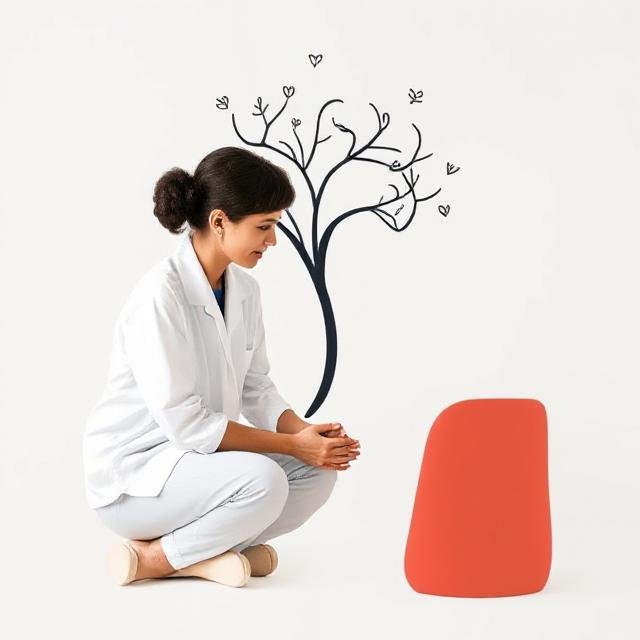Getting Started
Thinking about therapy? You’re not alone—and you’re incredibly brave.
Yet for many, getting started with therapy feels overwhelming. How do you find a therapist? What should you expect in that first session? And how do you know therapy is working?
This guide breaks down the practical steps, insider tips, and latest mental health insights to help you confidently begin your therapy journey.
Therapy
Online Couples Therapy: Is Virtual Relationship Counseling Right for You?
Written by
soulsunleashed
Therapy
Best Online Therapy Services for 2025: Expert Guide to Virtual Mental Health Support
Written by
soulsunleashed
FREQUENTLY ASKED QUESTIONS
How much does therapy cost?
Costs range from $50–$250+ per session. Many therapists offer sliding scales. Insurance may reduce costs significantly.
Can I start therapy online?
Absolutely. Teletherapy has grown rapidly and research shows it’s as effective as in-person therapy for many issues (APA, 2024).
What if I don’t know what to talk about in therapy?
Many clients feel this way at first. Therapists are skilled at guiding conversations, so you don’t need to plan topics ahead of time.
How long does therapy take?
It varies. Some people benefit in a few sessions; others work with a therapist for months or years. It depends on your goals and issues.
KEY TERMS
Therapeutic Alliance
The therapeutic alliance refers to the collaborative relationship between a therapist and client, built on trust, respect, and mutual understanding. Research shows that a strong alliance is one of the biggest predictors of successful therapy outcomes, regardless of the specific therapy approach used. It involves shared goals, agreement on the tasks of therapy, and a personal bond. (Norcross & Wampold, 2019)
Sliding Scale Fees
Sliding scale fees are flexible payment options offered by some therapists, where session costs are adjusted based on a client’s income or financial situation. This makes therapy more affordable and accessible, especially for people without insurance or those experiencing financial hardship. Clients should feel comfortable asking potential therapists about sliding scale availability during initial consultations.
Teletherapy
Teletherapy involves providing mental health services through secure video calls, phone sessions, or online messaging platforms. Since the COVID-19 pandemic, teletherapy has become widely accepted and research confirms it’s often as effective as in-person sessions for many mental health conditions. It offers flexibility, privacy, and convenience for clients who may face barriers to in-office visits. (APA, 2024)
Explore Getting Started
Therapy
Online Couples Therapy: Is Virtual Relationship Counseling Right for You?
Written by
soulsunleashed
Therapy
Best Online Therapy Services for 2025: Expert Guide to Virtual Mental Health Support
Written by
soulsunleashed
Therapy
Can Cuddle Therapy Really Help Me Stop Feeling So Lonely? Exploring the Science and Realities
Written by
soulsunleashed
Therapy
Does Health Insurance Cover Therapy? What You Need to Know in 2025
Written by
soulsunleashed
Therapy
How to Know When It’s Time to See a Therapist: Signs You Shouldn’t Ignore
Written by
soulsunleashed









